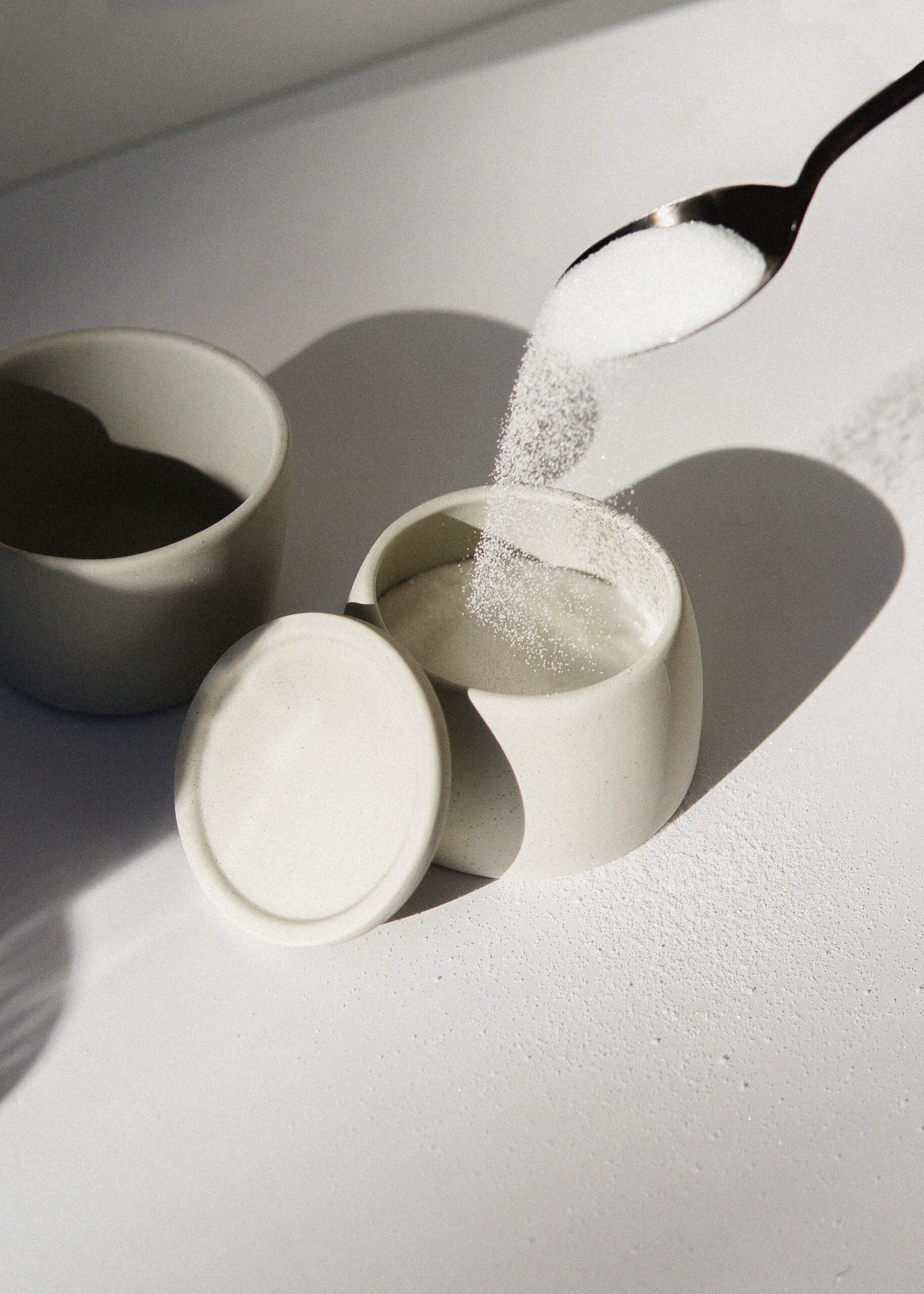
In the realm of baking and dessert-making, vanilla sugar is like a secret ingredient that elevates the taste of your creations. Whether you’re whipping up cookies, cakes, or custards, the aromatic allure of vanilla sugar is hard to beat. But what if you find yourself fresh out of this sweet essence? Fear not, for we’re here to guide you through a variety of vanilla sugar substitutes that will keep your baked goods bursting with flavor.
What is Vanilla Sugar
Vanilla sugar is a delightful sweetener infused with the aromatic essence of vanilla. It’s typically made by blending vanilla beans or vanilla bean pods with granulated sugar, allowing the sugar to absorb the rich, natural flavors and fragrances of the vanilla.
This infusion process results in a sweetener that adds a subtle yet unmistakable vanilla taste to a wide range of culinary creations, from baked goods to beverages.
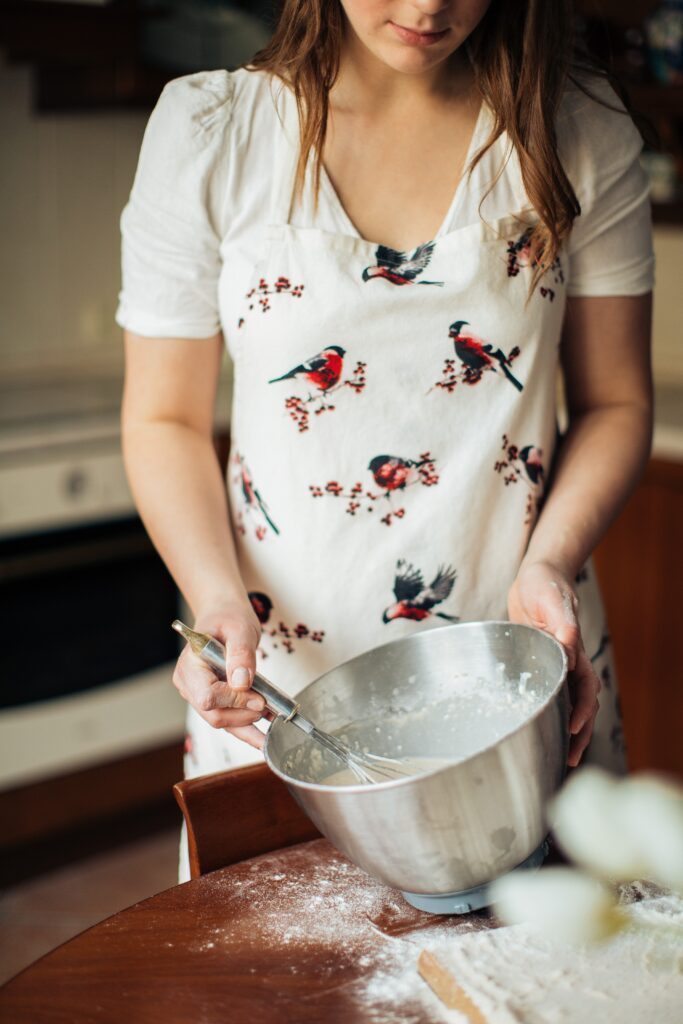
How Can I Use Vanilla Sugar
Vanilla sugar is a versatile and flavorful sweetener that can elevate your culinary creations. Here are several ways you can use vanilla sugar in your cooking and baking:
- Baking: Add vanilla sugar to your cookie, cake, muffin, and brownie recipes to infuse them with a delightful vanilla flavor. You can replace regular sugar with vanilla sugar in a 1:1 ratio in most recipes.
- Coffee and Tea: Stir a teaspoon of vanilla sugar into your morning coffee or tea for a subtly sweet and aromatic beverage.
- Oatmeal and Cereal: Sprinkle some vanilla sugar over your oatmeal or cereal to give your breakfast a hint of vanilla sweetness.
- Whipped Cream: Sweeten your whipped cream with vanilla sugar for a delicious topping for desserts like pies, cakes, and hot beverages.
- Yogurt and Parfaits: Mix vanilla sugar into yogurt or layer it in parfaits for a sweet and fragrant twist on your favorite snacks.
- Pancakes and Waffles: Incorporate vanilla sugar into your pancake or waffle batter for a lovely vanilla-infused breakfast treat.
- Cocktails and Mocktails: Rim the edges of cocktail glasses with vanilla sugar for a visually appealing and flavorful touch. It works particularly well with drinks containing citrus or berries.
- Sugar Cookies: Roll sugar cookie dough in vanilla sugar before baking for an extra layer of sweetness and flavor.
- Flavored Syrups: Create homemade flavored syrups for use in beverages by dissolving vanilla sugar in hot water, and then cooling the mixture. It’s perfect for iced coffee and cocktails.
- Homemade Vanilla Extract: Combine vanilla sugar with vodka or another neutral spirit to make your own homemade vanilla extract. Allow it to steep for a few weeks, shaking the bottle occasionally, for a fragrant and cost-effective alternative to store-bought extracts.
- Marinades and Sauces: Incorporate vanilla sugar into marinades for meats, especially pork or poultry, or use it to sweeten fruit-based sauces for desserts.
Remember that the potency of vanilla sugar can vary depending on how it’s made and its age. You may need to adjust the quantity to suit your taste preferences.
Homemade Vanilla Sugar
Why buy store-bought vanilla sugar when you can craft your own? A homemade vanilla sugar recipe is simple and requires just two ingredients: granulated sugar and vanilla beans.
What Sugar Do I Use
To make homemade vanilla sugar, you typically use granulated sugar. Granulated sugar is the most commonly used sugar for this purpose because it has a neutral flavor and a fine texture that allows it to absorb the vanilla flavor effectively.
How to Make Vanilla Sugar at Home
Making homemade vanilla sugar is really quite simple. Best of all, you only need two ingredients. Here’s a simple recipe for making homemade vanilla sugar.
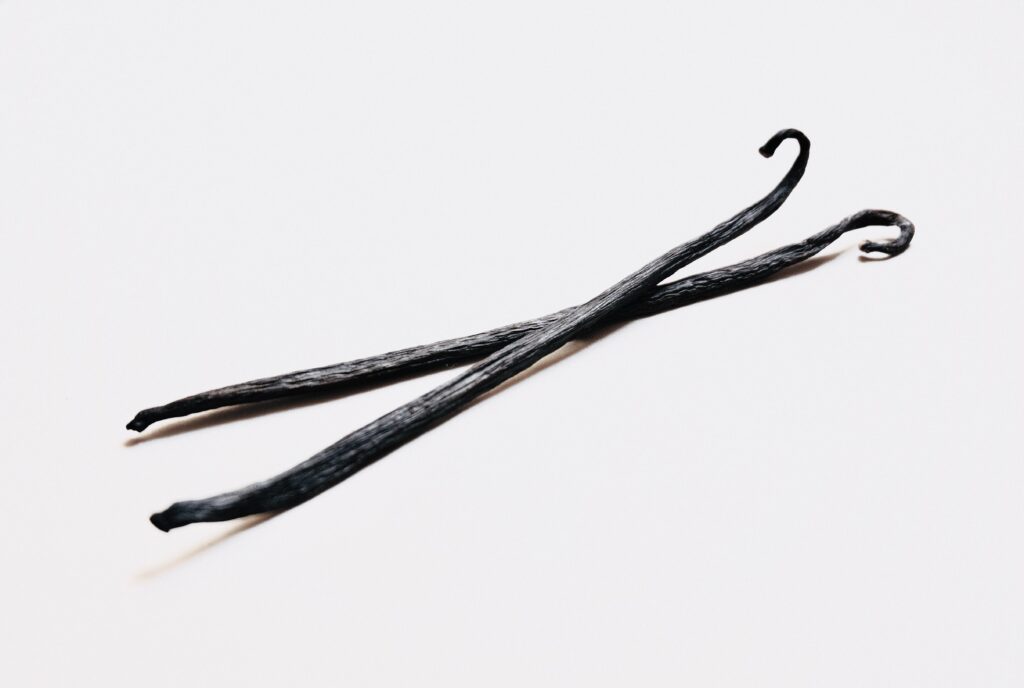
Ingredients for the homemade vanilla sugar
- 1 cup granulated sugar
- 1 or 2 vanilla beans
How to make homemade vanilla sugar
- Choose good-quality vanilla beans. You can find these at specialty food stores or online. The number of beans you use will depend on how strong you want the vanilla flavor to be. One bean is usually sufficient, but if you prefer a stronger vanilla taste, use two.
- Split the vanilla bean(s) lengthwise with a sharp knife to expose the tiny seeds inside. Don’t discard the seeds; they contain most of the flavor.
- Place the granulated sugar in an airtight container, such as a glass jar or a plastic container with a tight-sealing lid.
- Add the split vanilla bean(s) and seeds to the sugar.
- Seal the container tightly and shake it well to distribute the vanilla evenly throughout the sugar.
- Store the container in a cool, dry place for at least a few days, preferably a couple of weeks, to allow the sugar to absorb the vanilla flavor. The longer you leave it, the more robust the vanilla aroma and taste will become.
The Best Vanilla Sugar Substitutes
Vanilla Bean Paste
If you’re aiming for the intense flavor of vanilla beans, vanilla bean paste is your answer. This thick and luscious product is made from vanilla bean seeds, sugar, and often includes vanilla extract. It’s a concentrated vanilla flavor that can replace vanilla sugar in a 1:1 ratio.
Vanilla Extract
Pure vanilla extract is a versatile substitute for vanilla sugar. Use it sparingly, as it’s quite potent. One teaspoon of vanilla extract can replace one tablespoon of vanilla sugar in recipes. Keep in mind that vanilla extract contains alcohol, which can affect the texture of your baked goods, so adjust your liquids accordingly.
Coconut Sugar
For a healthier twist, consider using coconut sugar as a vanilla sugar substitute. Derived from the sap of the coconut palm tree, coconut sugar has a caramel-like flavor that pairs well with vanilla. Use it in a 1:1 ratio, but note that it will impart a subtle coconut undertone to your recipes.
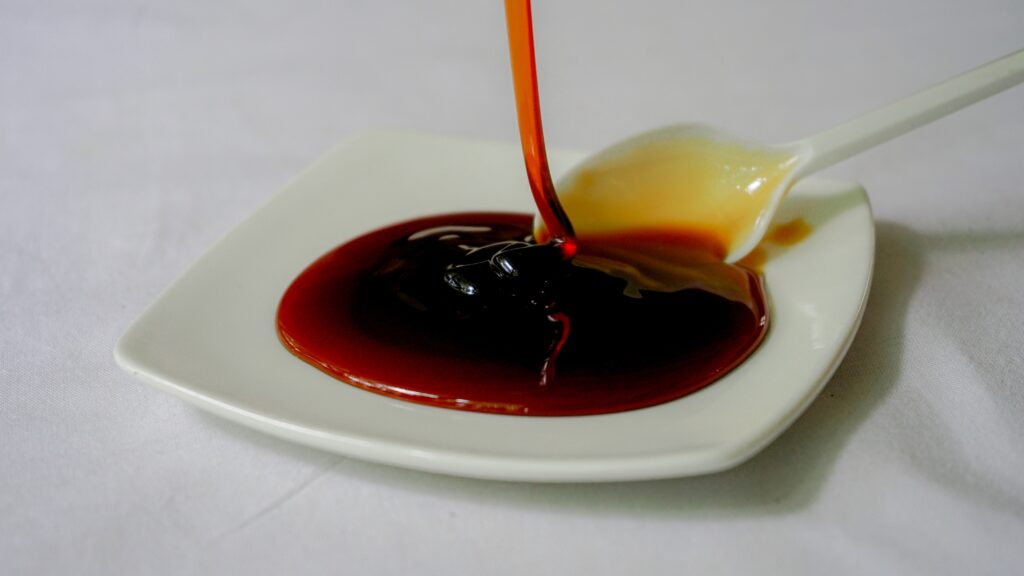
Maple Syrup
Maple syrup is another natural substitute for vanilla sugar, particularly in liquid recipes like pancakes or waffles. Its rich, earthy sweetness complements vanilla flavor beautifully. Replace 1/4 cup of vanilla sugar with 1/4 cup of maple syrup, and adjust the liquid content in your recipe accordingly.
Brown Sugar
Brown sugar is a close cousin to vanilla sugar, thanks to its molasses content. While it won’t mimic the exact flavor of vanilla, it adds a delightful hint of caramel and complexity to your baked goods. Replace vanilla sugar with brown sugar in a 1:1 ratio for an interesting twist.
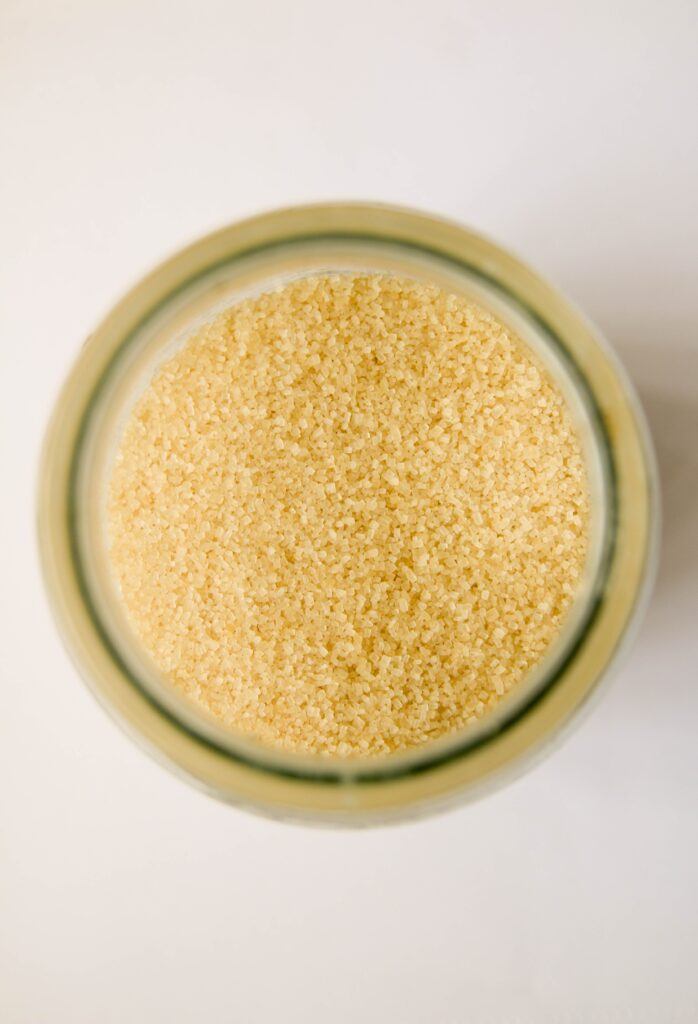
Vanilla Powder
If you can’t get your hands on vanilla sugar, vanilla powder is an excellent option. It’s made by grinding dried vanilla beans into a fine powder, and it’s a potent flavor enhancer. Replace 1 teaspoon of vanilla sugar with 1/4 to 1/2 teaspoon of vanilla powder, depending on your taste preferences.
Vanilla Syrup
Similar to vanilla extract, vanilla syrup is a liquid alternative that can add sweetness and vanilla flavor to your recipes. It works well in beverages and sauces, and you can replace vanilla sugar with vanilla syrup in a 1:1 ratio.
Try These Other Infused Sugar Recipes
Vanilla Sugar Substitute FAQs
Here are some frequently asked questions about vanilla sugar substitutes to help you navigate your culinary adventures:
Can I replace vanilla sugar with regular sugar?
Yes, you can use regular granulated sugar as a replacement for vanilla sugar, but keep in mind that it won’t provide the same vanilla flavor. To compensate, consider adding a small amount of pure vanilla extract when using regular sugar.
What’s the ratio for substituting vanilla sugar with vanilla extract?
Generally, you can replace one tablespoon of vanilla sugar with one teaspoon of pure vanilla extract. Adjust the liquid content in your recipe accordingly, as vanilla extract contains liquid.
Can I use vanilla essence as a substitute for vanilla sugar?
Vanilla essence is not recommended as a direct substitute for vanilla sugar because it’s typically alcohol-based and lacks the sweetness and texture of sugar. Stick to using pure vanilla extract or one of the other substitutes mentioned above.
Are there any health considerations for vanilla sugar substitutes?
Vanilla sugar substitutes like coconut sugar and maple syrup may be considered slightly healthier alternatives to refined granulated sugar. However, they still contain calories and should be used in moderation, especially if you’re watching your sugar intake.
Can I use vanilla sugar substitutes in any recipe?
Most vanilla sugar substitutes can be used in a wide range of recipes, but keep in mind that they may alter the flavor and texture slightly. It’s a good idea to experiment and adjust quantities to suit your taste preferences.
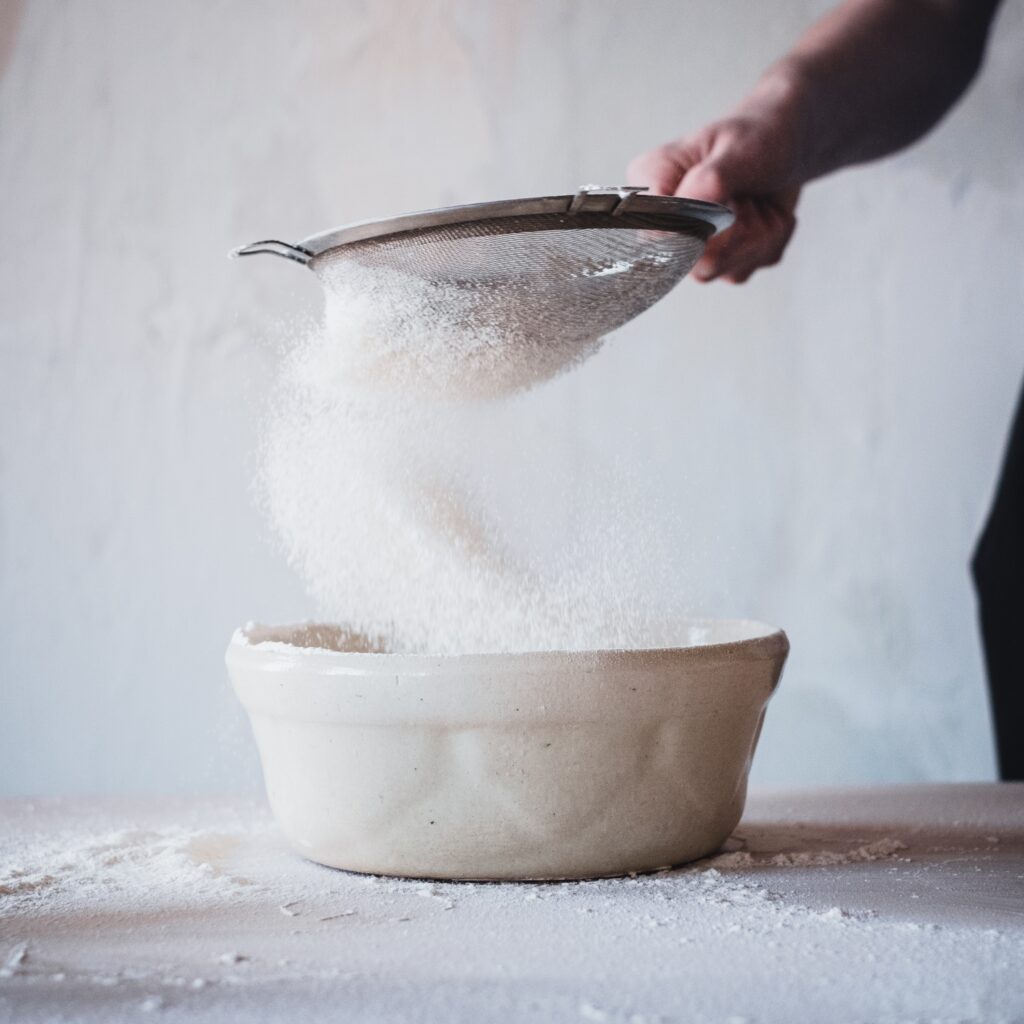
In summary, there are numerous vanilla sugar substitutes at your disposal, each with its unique flavor profile and characteristics. Experiment with these options to find the best fit for your recipe and taste preferences. Whether you choose to make your own vanilla sugar, opt for vanilla bean paste, or explore alternative sweeteners like coconut sugar and maple syrup, your baked goods will continue to delight with that unmistakable vanilla flavor. So, don’t let a vanilla sugar shortage hold you back from creating delicious treats in your own kitchen.
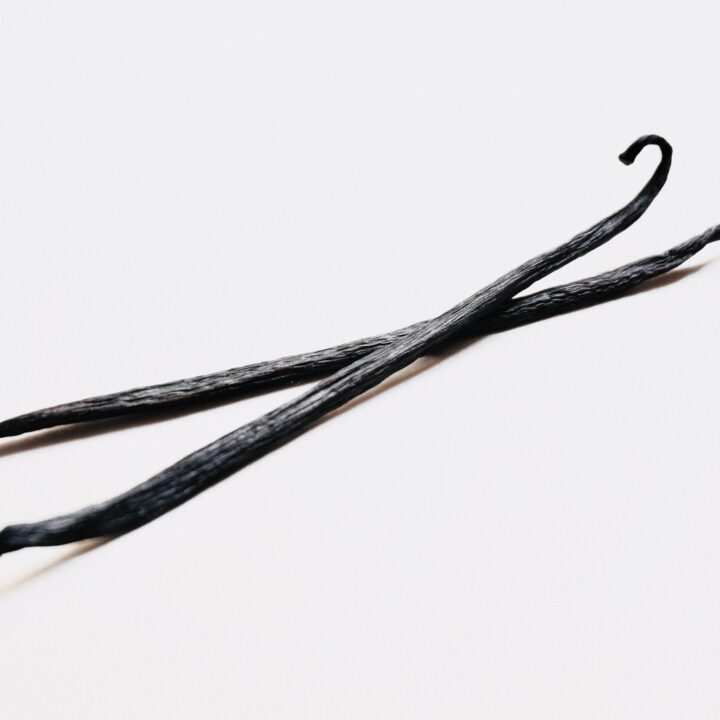
Homemade Vanilla Sugar
Creating your own homemade vanilla sugar is a delightful and simple endeavour that can transform your baking and cooking. This DIY recipe involves infusing granulated sugar with the rich and aromatic essence of vanilla beans. The result? A sweetener that adds a subtle yet irresistible vanilla flavor to a variety of dishes, from cookies and cakes to coffee and cocktails.
Ingredients
- 1 cup granulated sugar
- 1 or 2 vanilla beans
Instructions
- Split the vanilla bean(s) lengthwise with a sharp knife to expose the tiny seeds inside. Don’t discard the seeds; they contain most of the flavor.
- Place the granulated sugar in an airtight container, such as a glass jar or a plastic container with a tight-sealing lid.
- Add the split vanilla bean(s) and seeds to the sugar.
- Seal the container tightly and shake it well to distribute the vanilla evenly throughout the sugar.
- Store the container in a cool, dry place for at least a few days, preferably a couple of weeks, to allow the sugar to absorb the vanilla flavor. The longer you leave it, the more robust the vanilla aroma and taste will become.

Christopher is a food and lifestyle expert, recipe developer and the content creator behind May Eighty Five. With years of experience in the kitchen, he also shares tips, tricks and how to’s that he has learnt over the years. Every week, he shares quick, simple and mostly healthy recipes along with some home and entertaining tips. You will find flavorful cocktails, delicious appetizers, tasty mains and some indulgent desserts. As a home decor enthusiast, he also likes to share simple DIY projects and simple tips for a beautiful home.


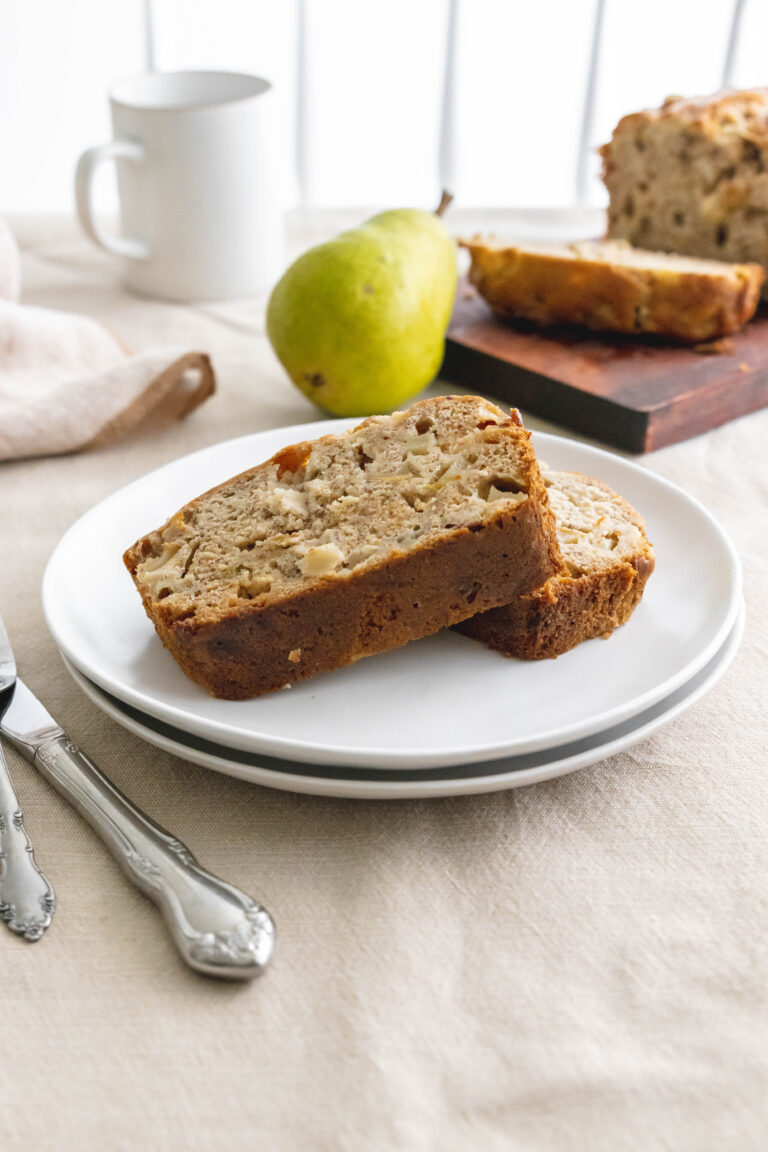
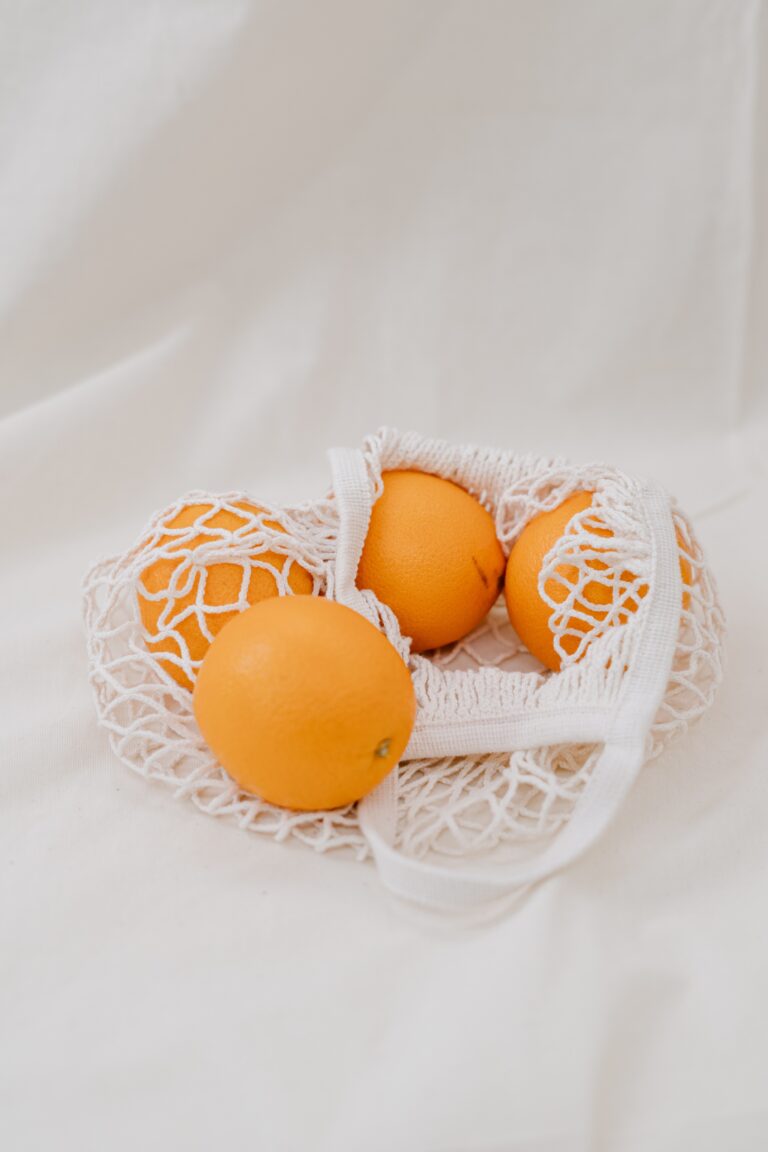

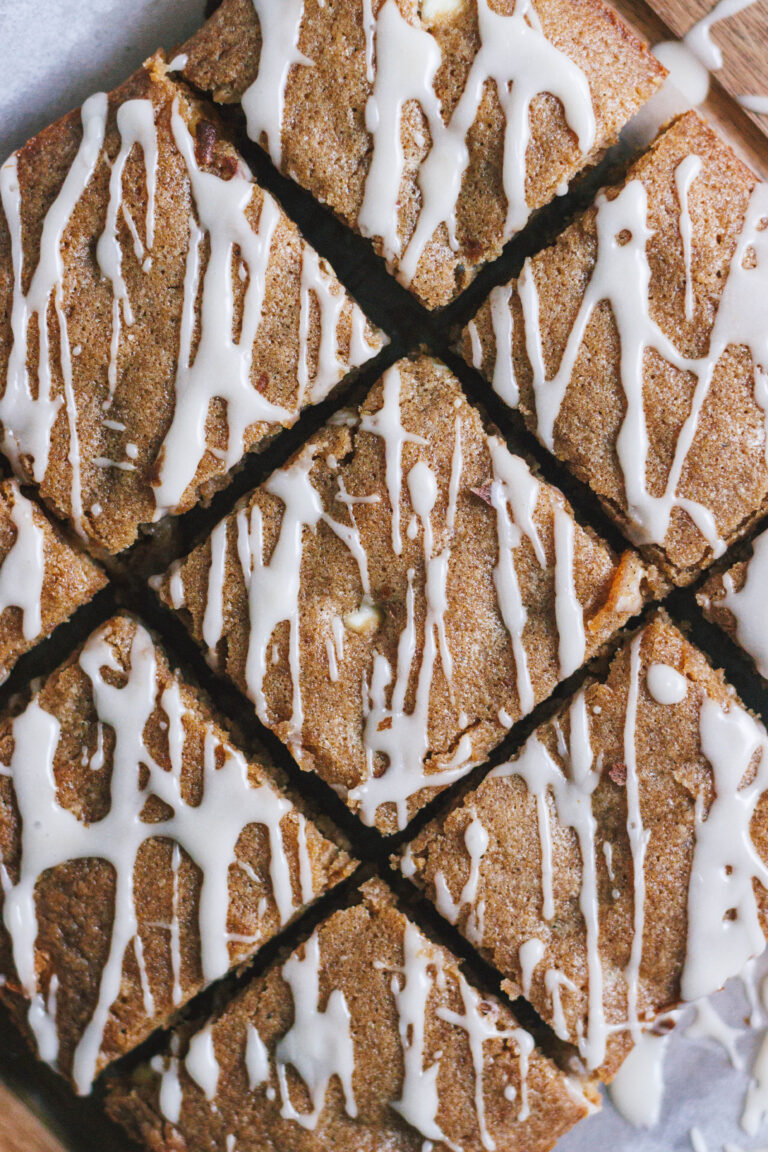
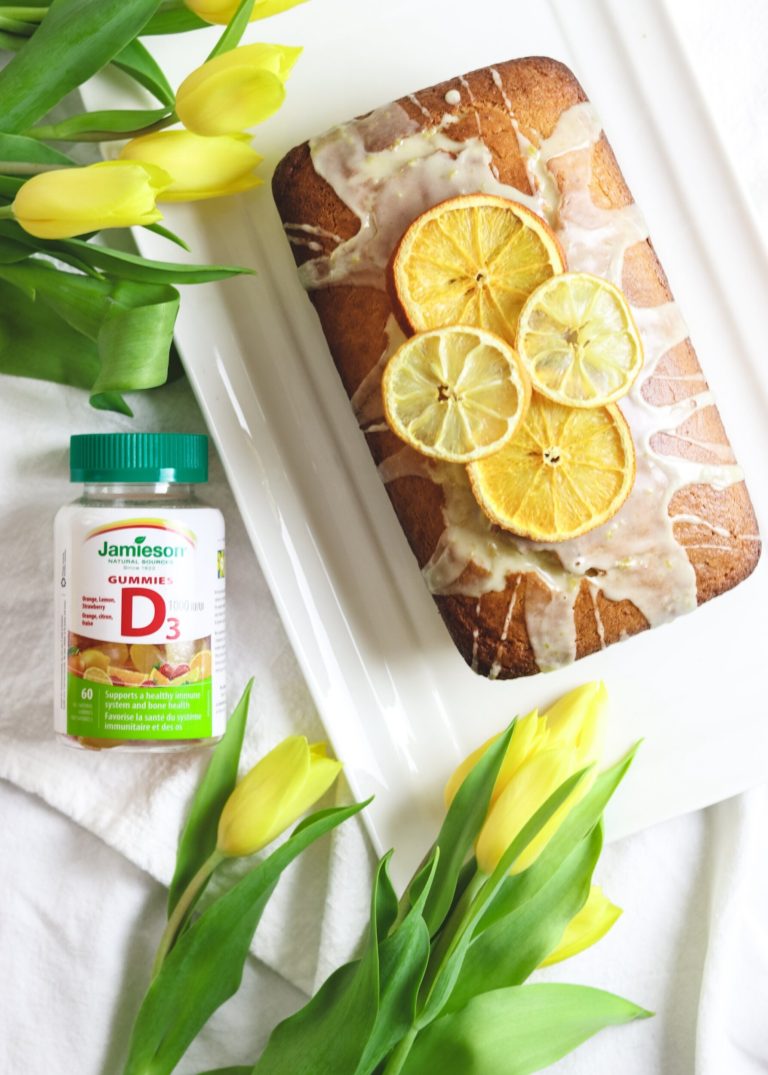
This is wonderful! Thank you!